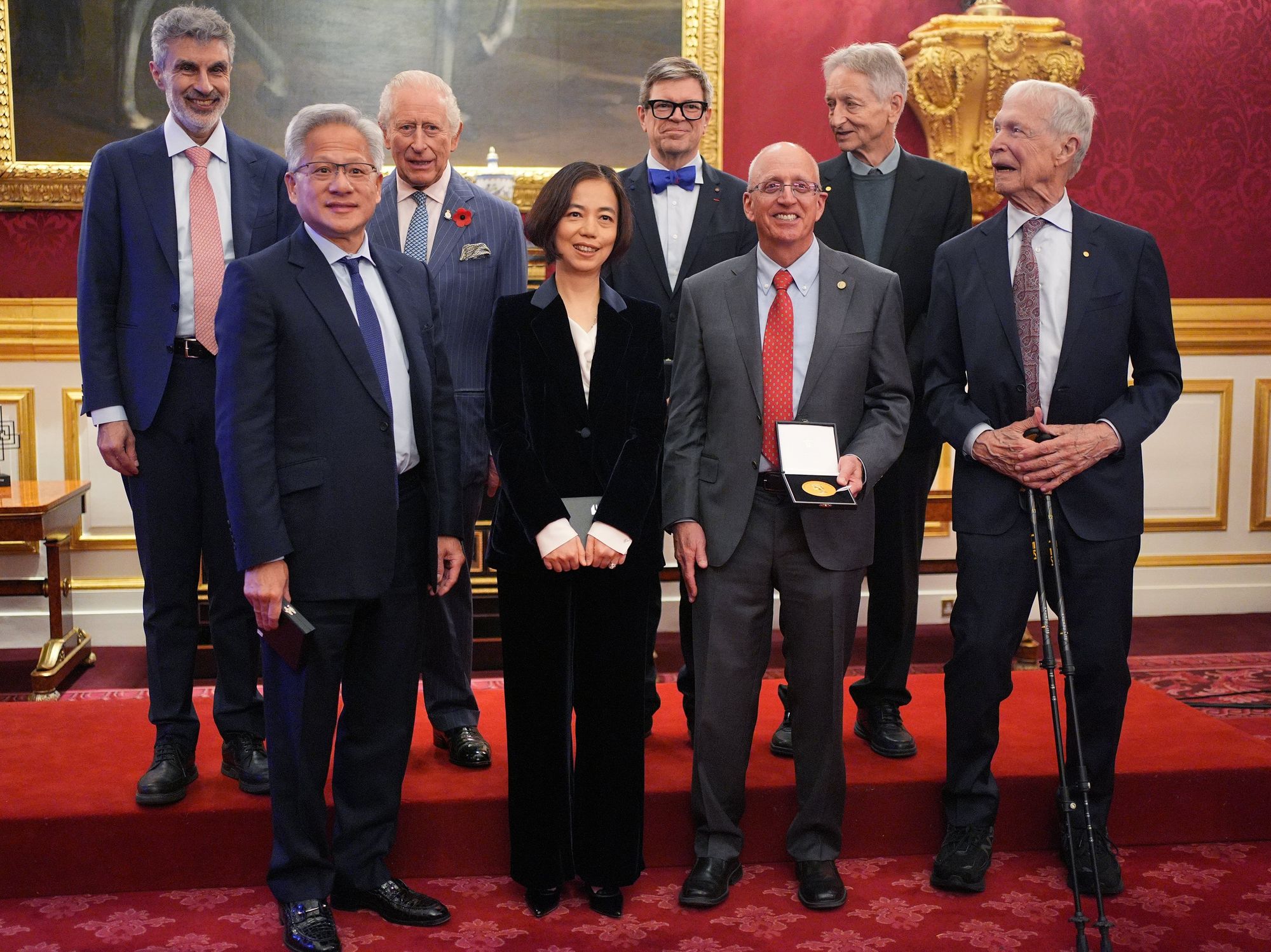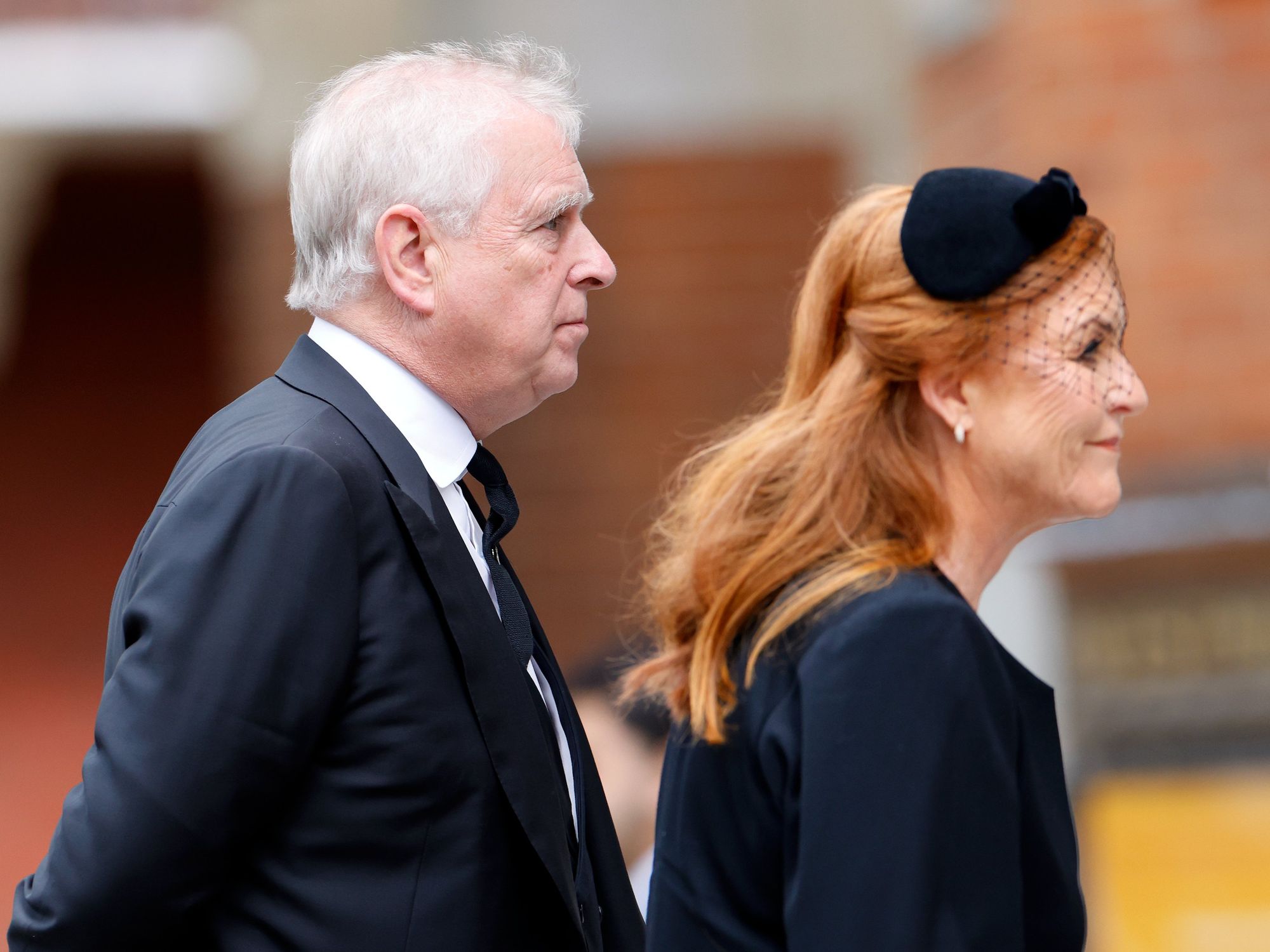Archaeologists uncover hidden 2,000-year-old tomb which could be key to solving centuries old mystery
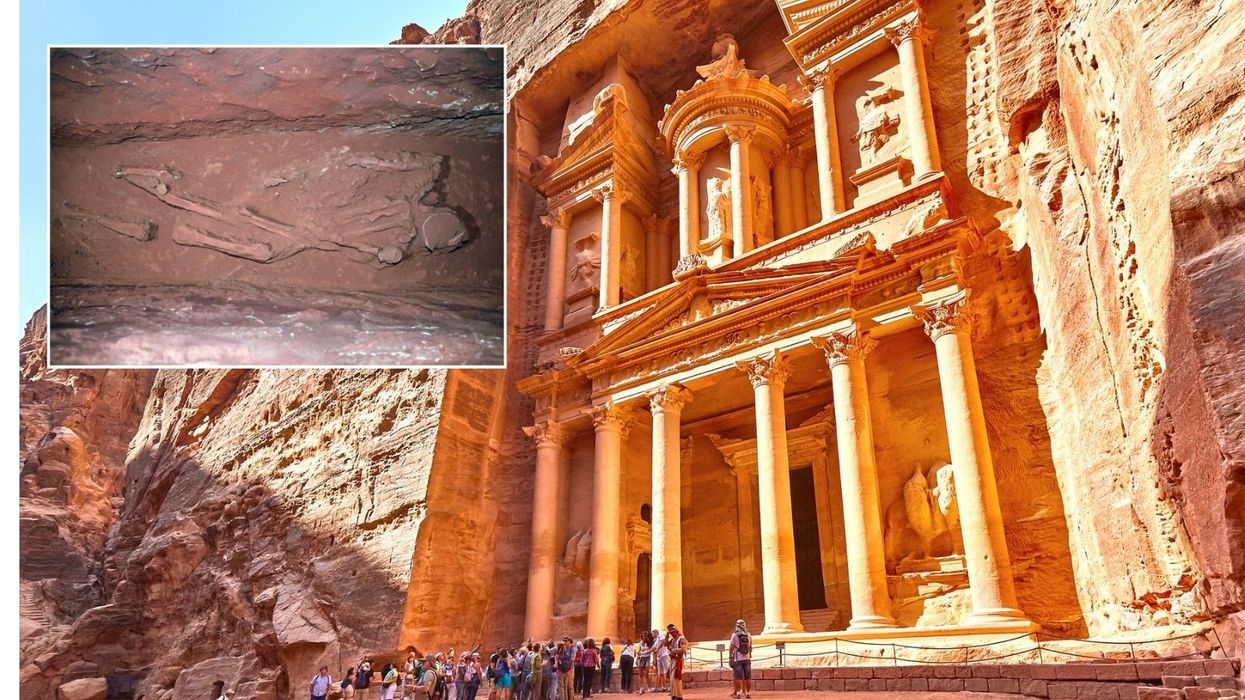
A 2000-year-old tomb has been discovered in the Unesco world heritage site of Petra which archaeologists say could solve ancient mysteries about the city
|Discovery’s Expedition Unknown/ Getty

A joint US-Jordanian archaeological team located the tomb underneath Petra’s famous sandstone structure
Don't Miss
Most Read
A 2000-year-old tomb has been discovered in the Unesco world heritage site of Petra which archaeologists say could solve ancient mysteries about the city.
The joint US-Jordanian archaeological team located the tomb underneath Petra’s famous sandstone structure - the Treasury - which was featured in films such as Steven Spielberg’s Indiana Jones and the Last Crusade.
It is believed that the 12 well-preserved human skeletons were socials elite due to their tomb’s central position within the city.
The team also discovered bronze, iron and ceramic artefacts.
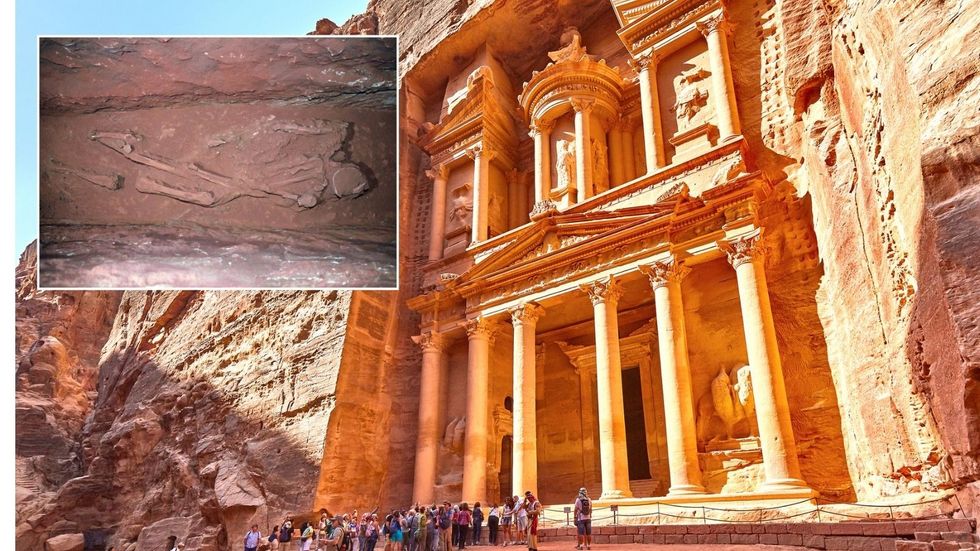 A 2000-year-old tomb has been discovered in the Unesco world heritage site of Petra which archaeologists say could solve ancient mysteries about the city | Discovery’s Expedition Unknown/ Getty
A 2000-year-old tomb has been discovered in the Unesco world heritage site of Petra which archaeologists say could solve ancient mysteries about the city | Discovery’s Expedition Unknown/ GettyAccording to Dr Pearce Paul Creasman, executive director of the American Center of Research, more relics are expected to be found following a more thorough excavation.
An age-old theory suggests the Treasury was home to the pharaoh’s treasure because its of structural beauty and a decorative stone urn above the entrance.
Today, archaeologists suspect the Treasury was a tomb built by Aretas IV, a Nabataean king who ruled from roughly 9BC to 40AD.
The latest discovery supports the theory, as it is believed that the tomb predates the Treasury itself.
LATEST DEVELOPMENTS:
The team dated the tomb to the first century BC using luminance dating, "which tells you the last time certain soils saw the sunlight", Creasman said.
He added: "It is rare to find a tomb with human remains in Petra.
"So when you do find one, that becomes extremely valuable."
Creasman hopes the new findings could give hints about the Nabataeans - who were first recorded in 312BC when they withstood an attempted invasion by Antigonus I Monophthalmos (Antigonus the One-Eyed), a former general of Alexander the Great.
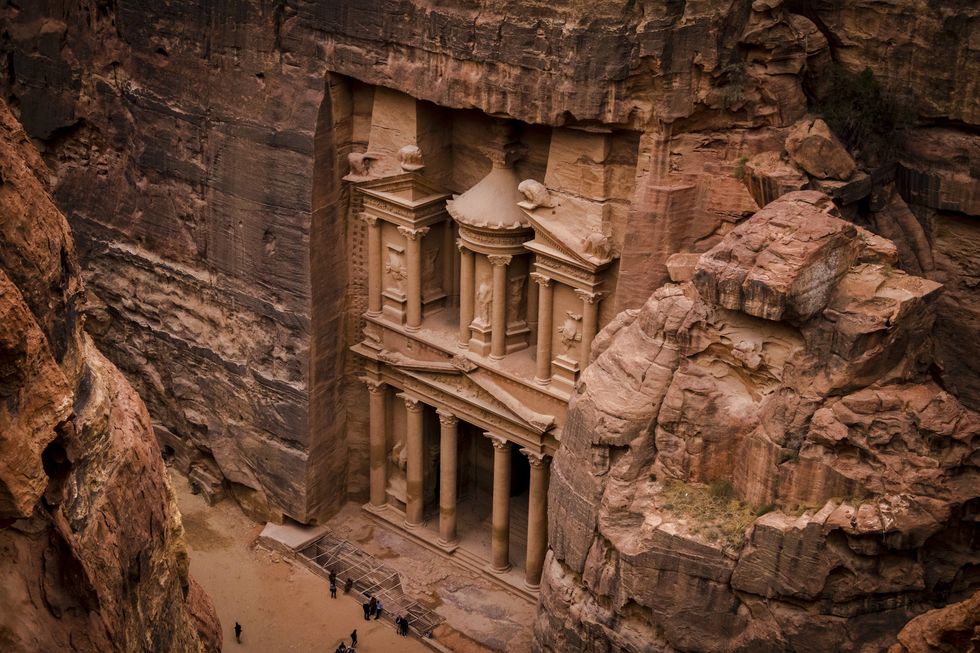
The joint US-Jordanian archaeological team located the tomb underneath Petra’s famous sandstone structure - the Treasury - which was featured in films such as Steven Spielberg’s Indiana Jones and the Last Crusade
|Getty
"They just appear in the historical record and then it goes over a hundred years before we read about them in text again,” he said.
"By which time they have this fully-fledged society and Petra is being built in the sense that we know it today."
"This is going to help us learn more about a shared, regional past. The Nabateans were a multicultural trading society who only worked because they united as a people. I hope they might be able to teach us something today."







